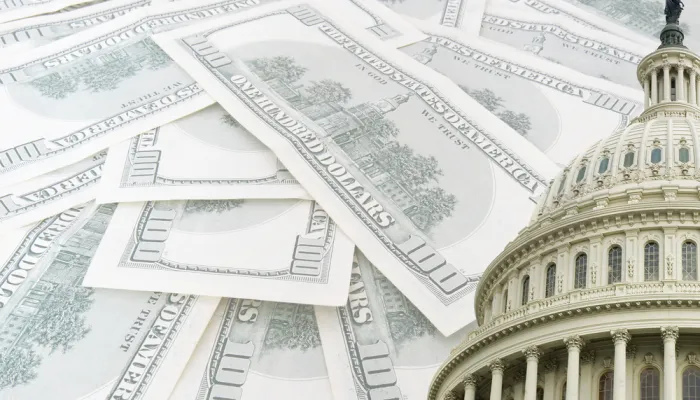Spring Arrives: Bring Out the Baseball Caps--And the Budget Caps
Signaling bipartisan support for much-needed spending restraint, more than 100 members of the House and Senate are sponsoring legislation that would impose spending caps on discretionary spending. Nine bills imposing spending caps have been introduced in the House during the 111th Congress, while one bill has been introduced in the Senate.
Now that PAYGO requirements have been imposed on mandatory spending and revenues, the Committee for a Responsible Federal Budget believes that spending caps, with an enforcement mechanism, should also govern the discretionary spending (the spending that is decided during the annual appropriations process). Apparently, many members of Congress agree and have offered a variety of ways to set the caps.
For instance, Rep. Gresham Barrett (R-S.C.), would set annual spending caps use increases in the Consumer Price Index to set annual spending caps. A proposal by the Blue Dog Democrats, endorsed by 55 of the coalition's moderate Democrats, would cut non-security discretionary spending levels by 2 percent each of the next three years and then freeze those levels for the next two after that. Some 25 members of the Republican Study Committee (RSC) support having the President sign the annual budget resolution and the RSC sets specific caps in its bill. Other proposals would set spending caps based on a Gross Domestic Product formula and one plan would require caps only in years in which there is a budget deficit.
While the method of determining exactly how to set the caps is open for debate, the important step is deciding to reimpose the spending restraint on discretionary spending. While much attention has been focused on mandatory programs, discretionary spending makes up 40 percent of the budget. It has grown tremendously during the past decade and in fact, has grown faster annually than mandatory spending. We recently reported that between 1999 and 2008, mandatory spending increased 6.4 percent annually, while discretionary spending increased 7.5 percent.

